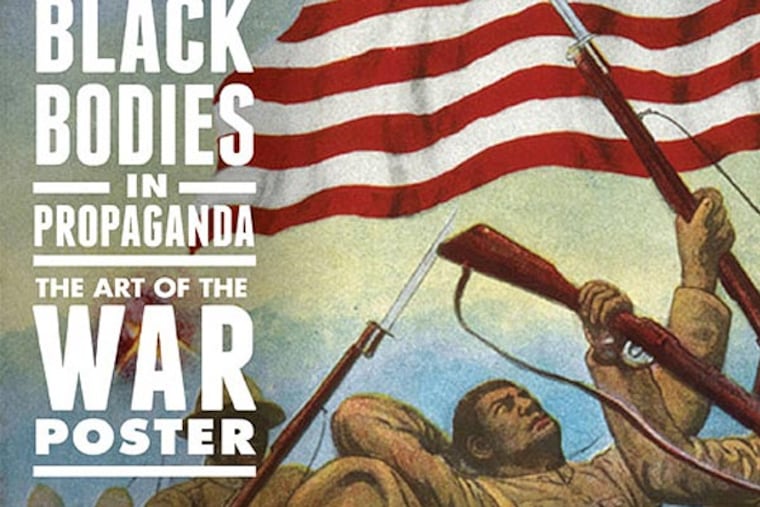We Want You: Propaganda posters
The Penn Museum presents a personally curated collection of 33 propaganda posters that chronicle our military history.

The Penn Museum presents a personally curated collection of 33 propaganda posters that chronicle our military history.
